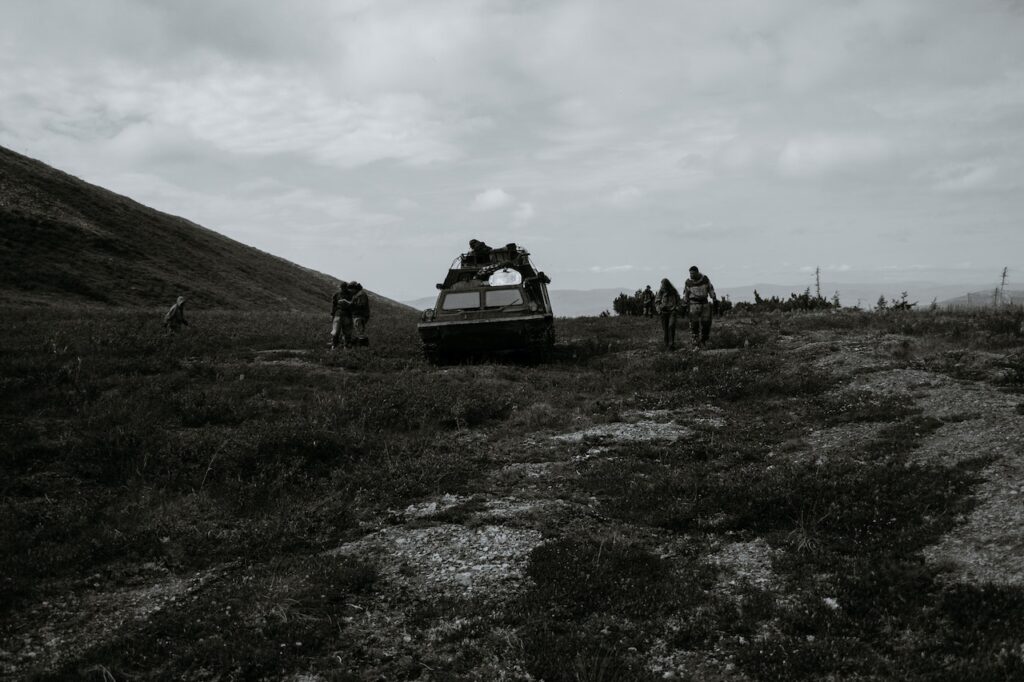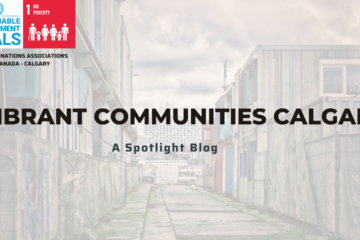
Peaceful Sustainability or ‘Green’ Weapons?
By: Angelina Patoka
Past November the United Nations commemorated the International Day for Preventing the Exploitation of the Environment in War and Armed Conflict. The long winded title is self-explanatory, what does it have to do with the Sustainable Development Goals (SDGs)? The importance thereof is best elucidated through the words of United Nations Secretary-General António Guterres:
“If we are to achieve the SDGs, we need to act boldly and urgently to reduce the risks that environmental degradation and climate change present for conflict and commit to protecting our planet from the debilitating effects of war.”
That is to say, conflicts could turn ‘hot’ (viz. outwardly violent) and violence invites destruction that affects the perseverance of both human and non-human animals. Environmental degradation caused by conflict feeds into a cycle of perpetual anthropogenic activity that exacerbates climate change. And this is made worse by the fact that ecosystems cannot be evacuated like refugees nor adequately protected during conflicts. Especially when a conflict is rooted in territorial disputes. Ecosystems are always inherently vulnerable but conflicts makes preservation nearly impossible.
Environmental degradation is harmful and unethical in itself, but given the topic of this post its effects on human populations cannot be overlooked. Many conflict zones today are outside of the Western World and moreover outside of the so-called ‘Global North’ where high-income (or in more dated terminology ‘developed’) economies and mature democracies tend to possess adequate tools to protect the environment on a national or regional level. The same could not be said for countries outside of that bubble of arguably accomplished development. Many of the countries with vulnerable ecosystems tend to rely on non-industrialised economic sectors that are severely impeded when conflicts implode.
For instance, food security is largely reliant on foreign humanitarian aid (typically through UN channels) due to soil degradation, deforestation, and illegal wildlife trade. Not mere displacement (not to negate the immense human suffering caused by this factor). The permanent environmental damage thus harms the present and future capacity of entire populations because displaced persons may not be able to return back to their homes and old lives even if a conflict comes to a decisive end.
That is why the International Day for Preventing the Exploitation of the Environment in War and Armed Conflict holds great significance to the viability of the SDGs. Goals 13, 14 and 15 are most directly linked to the importance of environmental preservation and sustainability. But if one carefully considers the plausible attainability of the aims set in the 2030 Agenda it becomes clear that no other Goal would be able to achieve success with continual ecological degradation. This may be cynical and perhaps somewhat simplistic but the loss of the potential for sustainability risks making it redundant. If ecosystems are destroyed beyond the point of return, survival would take centre stage.
If humanity completely destroys all the pillars that hold up any semblance of a global environmental balance, be it during periods of conflict or not, efforts at eliminating poverty (Goal 1) or hunger (Goal 2) would be impossible. Especially when it comes to vulnerable populations in low- and middle-income countries (LMICs). It would render more ‘complex’ objectives like Goal 9 (Industry, Innovation and Infrastructure) a distant pipe dream.
Though it may not seem like it from a scientific and non-scientific approach, I believe we still have the present-day luxury of optimism in terms of the attainability of the SDGs. This is embodied in continued discourse and attempts at stopping the further degradation of the environment. No matter how minuscule it may be.
This is one of the reasons why I believe the efforts of Western groups and individuals, whose lives are unequivocally entrenched in immeasurable privileges, should be applauded for their continued expression of pacifism and environmentalism. The long-reaching consequences of a foreign conflict always affects everyone worldwide, even if it is not utterly conspicuous.
It should also be stated that while the SDGs are frequently linked to LMICs, high-income states like Canada struggle with sustainability as well. If the latter’s policy on the exportation of waste is something to go by. High-income countries get involved in conflicts as well, and while they are seldom as devastating to the immediate human security of their citizenry, the prospect of environmental destruction is disproportionately high due to their superior capabilities.
Perhaps the focus on high-income states is how this is how analysis should go, since they are the most prominent actors in global governance (and the greatest producers of waste and pollution). Perhaps this could lead us to a fruitful strand of thought. The question is what would an environmentally-conscious high-income state do during a hot conflict? Would it find peace preferable to war? Or the development of ‘green weapons’ preferable to peace? Peace that is likely to demand certain compromise.
As one could see, many answers are often reduced to sovereignty costs. This is far beyond the scope of this blog post, but it is worth considering in the discussion of the willingness of states to have a thought for the environment during conflicts.
Sources and Information:
United Nations: https://www.un.org/en/observances/environment-in-war-protection-day.
About the SDGs: https://sdgs.un.org/goals/.


